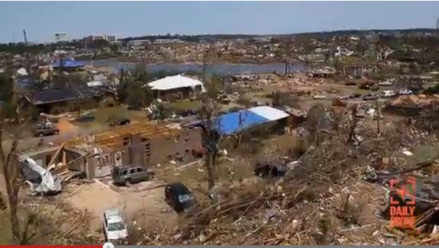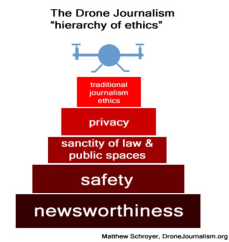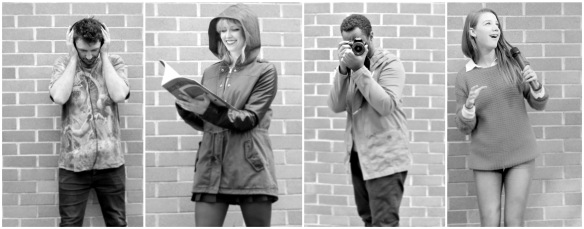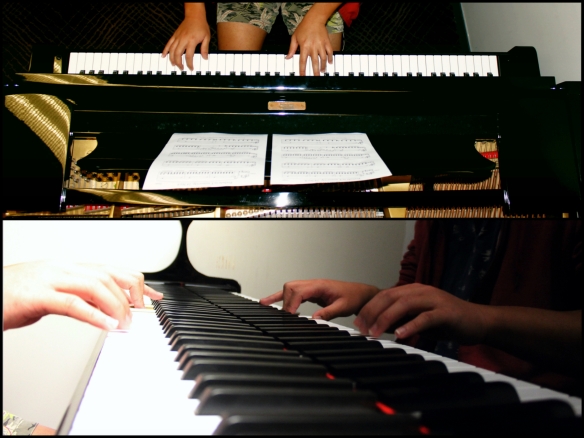Journalists are being heavily encouraged by employers to use social media platforms as a way of building presence and notability within society. However the combination of a contrasting private and professional life, individual responsibility and reprisals for posted content is eating away at journalistic expression. Dismissals of professionals such as Scott McIntyre and Marion Ives elevates a growing concern, creating a spiral of silence and self censorship within the industry.
Media organisations rely on social media policies as a guideline for professionals and as documentation for disciplinary proceedings if required. McIntyre’s dismissal took place after he posted ‘inappropriate and disrespectful’ tweets on Anzac Day last month. Managing director of the SBS Michael Ebeid gave reasonings for the outcome, stating that ‘he breached the broadcaster’s code of conduct and social media policy, and disobeyed an order to delete the posts.’ The primary concern in this case was McIntyre’s open affiliation with the SBS. Any offensive post or opinion has the potential to be misinterpreted by the public and could reflect negatively upon an organisation.
In response, the public was divided between those supporting the lay off and others questioning the rights of employees engaging in free speech.
Other media organisations have articulated editorial policies for social media like Facebook, Twitter and personal blogs and websites. Internationally, The Wall Street Journal, The New York Times and the BBC have all issued protocols for employees on technological platforms. The BBC distinguished between the sectors of private and professional life recommending a visible disclaimer to outline if published content is personal.
In Australia, the ABC has adopted the same approach:
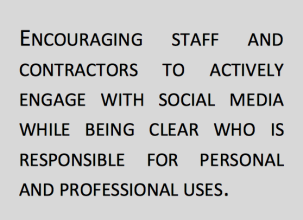
The power of suggestion and influence is heavily embedded in journalistic practice. To ensure consistency and an effective use of social media platforms, each media organisation needs to ‘implement an unambiguous policy for the use of social media’ and ensure that journalists are aware of the implications and consequences that follow.
“Free speech is not a privilege, it’s a journalistic responsibility.”





